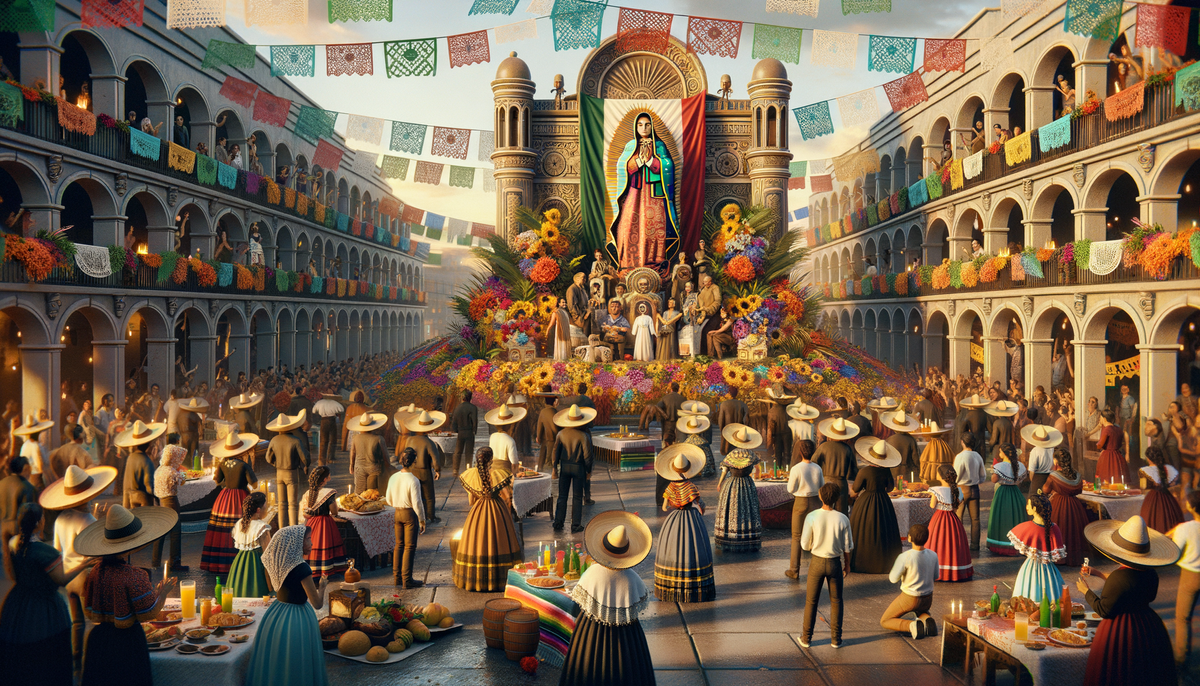Cinco de Mayo: Celebrating a Legacy of Resilience and Unity
Discover the historical significance, celebration, and cultural impact of Cinco de Mayo, a potent symbol of resistance and unity.

Cinco de Mayo: Celebrating a Legacy of Resilience and Unity
Cinco de Mayo, observed on the fifth of May, marks a significant chapter in the history of Mexico and has become a vibrant celebration in the United States. This day commemorates the outstanding victory of Mexican forces over the French Empire at the Battle of Puebla in 1862, a symbol of resistance and patriotism. This article delves into the historical backdrop, significance, and modern-day observance of Cinco de Mayo.
Historical Background
Years of economic turmoil following the Mexican-American War and the Reform War left Mexico in financial distress. President Benito Juárez’s decision to suspend debt payments led to military invasions by France, Spain, and the UK, although only France continued its occupation efforts under Napoleon III. On May 5, 1862, despite being vastly outnumbered and outgunned, 4,000 Mexican soldiers under General Ignacio Zaragoza secured an unlikely victory against 6,500–8,000 French troops near Puebla. This day not only marked a monumental military achievement but also became a powerful narrative of resistance and national pride.
The battle's victory had immense emotional value, lifting the spirits of Mexicans and contributing to the broader struggle for independence, even as French forces later captured Mexico City. Ultimately, the French were expelled from Mexico in 1867, reinforcing Cinco de Mayo’s status as a symbol of resilience and tenacity.
Significance and Celebration
Contrary to a common misconception, Cinco de Mayo is not Mexico’s Independence Day, which occurs on September 16. In Mexico, the holiday is predominantly celebrated in Puebla with military parades, historical reenactments, and local festivals, honoring the courageous stand of the Mexican forces and the leadership of General Zaragoza.
In the United States, Cinco de Mayo has evolved significantly since its origins during the 1863 celebrations in California. It has grown into a larger cultural acknowledgment of Mexican heritage, particularly identified with the Chicano Civil Rights Movement of the late 20th century. Today, it represents a festive celebration of Mexican-American identity, complete with vibrant parades, mariachi music, folkloric dancing, and culinary delights that showcase the rich tapestry of Mexican culture.
Modern Observances
Across cities in the United States, Cinco de Mayo is celebrated with much fanfare, including festivals, community gatherings, and events that highlight traditional Mexican music, dance, and cuisine. In places with prominent Mexican communities, the day serves as an occasion for festivity and cultural pride, an opportunity to explore the nuances of Mexican tradition and its interwoven history with America.
Practical Takeaways
Professionals and businesses involved in event planning and cultural promotions can learn from the expansive, inclusive nature of Cinco de Mayo celebrations in the U.S. Embracing cultural diversity and tailoring events to audiences' cultural interests can enhance engagement and community participation.
Understanding the historical context and cultural significance of such celebrations can foster authentic experiences, promote respect for diversity, and encourage meaningful exchange between different communities.
Call to Action
Explore the vibrant festivities of Cinco de Mayo and immerse yourself in the rich cultural heritage it celebrates. Whether you're planning to attend a local parade or hosting your own event, embrace the spirit of unity and resilience that Cinco de Mayo represents.
For more information on planning culturally rich events or to learn more about the history of Cinco de Mayo, visit these resources: OregonLive, KATU, and Z100 Portland.




